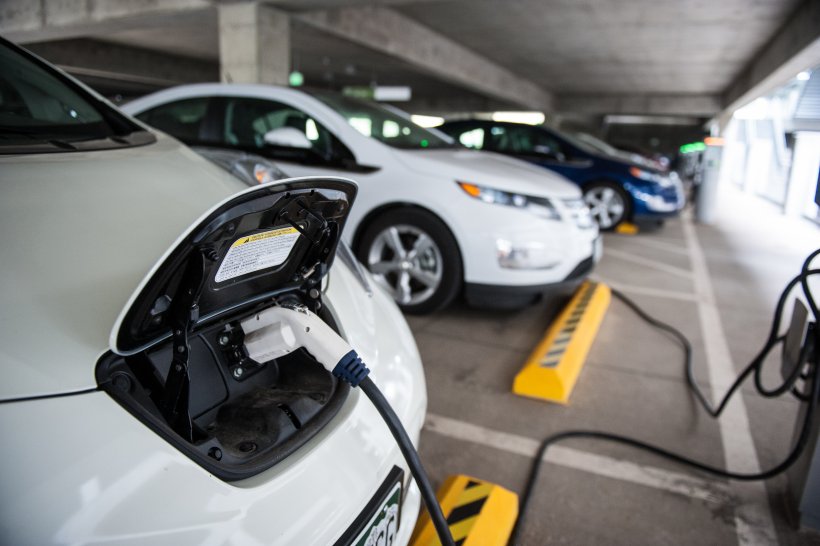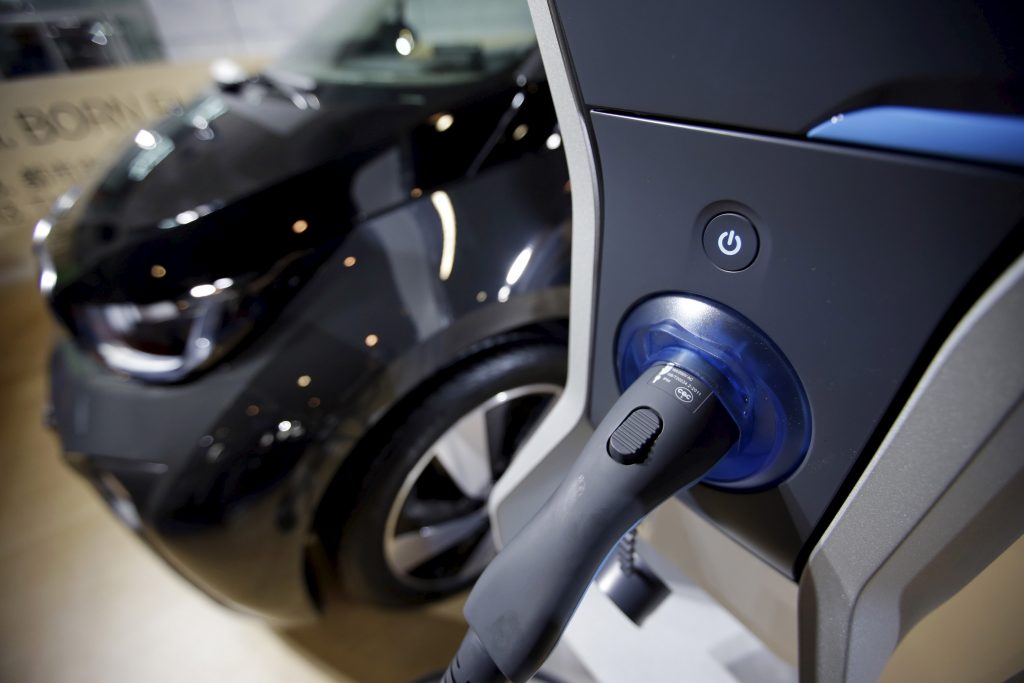According to a recent ADEME (the Environment and Energy Management Agency) study, an electric car driving in France has a carbon footprint that is 2 to 3 times lower than a comparable thermal model over its entire lifespan.
A lower carbon impact
It was a report particularly awaited by professionals in the automotive market. Comparing the carbon impact of electric vehicles, whose sales have for the first time exceeded those of diesel in France, compared to thermal vehicles should make it possible to put an end to certain rumours. Indeed, 50% of the French population still thinks that electric vehicles are more polluting than thermal models. This study shows that in France, where electricity is largely carbon-free, an electric car “ has a carbon impact 2 to 3 times lower than that of a similar thermal model “. However, there are a few conditions that must be met.

The first satellites of the Amazon constellation are expected to take off in 2023
Indeed, for the carbon impact of an electric car to remain attractive compared to a thermal model, the battery must be” reasonable capacity », i.e. ideally below 60 kWh. ADEME experts point out that with a larger battery, ” the environmental interest is not guaranteed, given the variability of consumption linked to the mass of the vehicle and its conditions of use “. Most electric models driving in France have batteries of less than 60 kWh. For example, the Mégane E-tech, the electric Fiat 500 or the Volkswagen ID3.
In concrete terms, the smaller and lighter the vehicle, the more likely it is to have a low carbon impact. In addition, the study highlights the fact that the increase in sales of electric cars poses major challenges for France and Europe more generally. Experts write that “ the capacity and performance of battery recycling plants is a key issue for the next decade “. On the other hand, supplying rare metals necessary for the manufacture of batteries, such as lithium, cobalt, nickel, or even graphite, poses another strategic challenge. which requires consultation at the European level “.
What is the real cost of an electric car?
In 2022, the electric vehicle market is booming. Professionals in the sector have started massive electrification. This is for example the case of the Renault-Nissan-Mitsubishi Alliance, which has promised to manufacture 35 new electric vehicles by 2030. The French car fleet today consists of 40 million vehicles. However, ADEME believes that while vehicle electrification is essential for achieving carbon neutrality by 2050, it will not be enough. for the transition to be fully effective “.
Many users are still reluctant to go electric because of the cost of the vehicle. The ADEME report shows that over its lifespan, the full cost of an electric car with a 60 kWh battery ” is lower than that of comparable thermal vehicles “. If the purchase cost is higher for consumers today, the cost price of electricity is a real advantage compared with gasoline or diesel. The study shows that it takes 10 euros to cover 300 km with home charging, and 40 euros for fast charging, compared to 30 euros for thermal vehicles.
Over the years, the second-hand market has also developed in electric models. Analysts believe that, as with thermal vehicles, this trend will also improve the rate of ownership in France. This should also allow extend the life of electric vehicles and therefore contribute to global adoption. For car manufacturers, there is a strong stake in the emergence of an offer with smaller, more fuel-efficient and more affordable vehicles to improve the adoption rate of electric vehicles.

What about charging stations?
This is another question from the French: the question of charging infrastructure. For ADEME, it is essential to ” continue and strengthen the development of charging stations “. Indeed, this element is still a major obstacle to adopting the electric car. Be that as it may, the first users noticed it, using electric vehicles requires changing our charging habits. You don’t recharge a 60 kWh battery in 2 minutes like you can fill up a thermal vehicle. This would amount to making a powerful call of 1.8 MW electrical. The equivalent of the average electrical power is called simultaneously by 1500 households.
This is why communities have a role to play. Players are also trying to expand the network of charging stations. This is for example the case of Renault and Mobilize who are about to launch the ” Mobilize Fast Charge “. The particularity of this network is that it will be accessible to all-electric vehicles, whatever their brand. 200 charging stations should see the light of day in Europe, including 90 in France. This network should be based on an innovative charging device ” which limits the impact on the electrical network while maintaining high power during simultaneous recharges.
Moreover, while the supply of electric vehicles meets everyday needs, it does not yet satisfactorily meet the needs of long-distance travel. The question of autonomy is crucial to improve the adoption rate.











